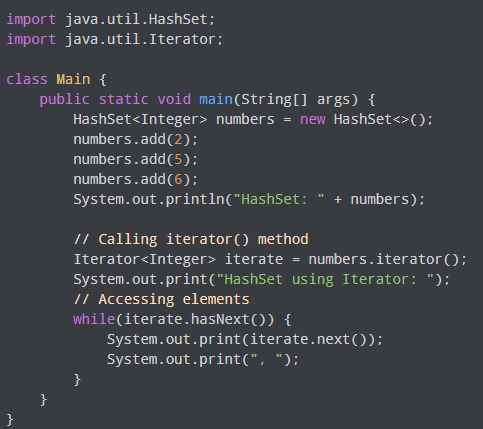Murach’s book, Beginning Java with NetBeans, uses the NetBeans IDE to provide a comprehensive look into Java. There are five main parts to this book. In the first chapter, you’ll get a high-level introduction to Java and NetBeans. In this course, you will study the fundamentals of Java programming, such as how to create and use classes and methods. Writing your own courses and techniques is covered in depth in Chapter 4.
In Chapter 5, you will learn how to organize an object-oriented program. The application testing and debugging procedure is discussed in Section 1’s last chapter.
Code examples are used to analyze the many ways in which basic types, operators, strings, arrays, and control statements are used in Section 2. Section 3’s chapters provide an in-depth introduction to common applications of interfaces, inner classes, enumerations, and documentation.
The applications of funds, generics, lambdas, data, and time are analyzed in Section 4. Along with Input/Output and threads, you’ll also gain an understanding of how to deal with errors.
In Section 5, you will learn how to use the MySQL database using JDBC. The fifth section’s last two chapters focus on Java Swing GUI development. There are two appendices that walk you through setting up Java on Windows as well as on Mac X.
Perspective sections, which offer bulleted summaries, appear at the conclusion of each chapter. The summary is given extremely well, and I appreciate that. The information may be readily absorbed by the reader.
The contains numbered practice questions designed to elicit a corresponding response. Each line of the exercises must be read carefully before moving on to the next. I believe that by answering these questions, pupils will be better able to retain the material.

You may get the example files you need to perform the exercises from the publisher’s website. The Instructor CD that Murach supplies will include PowerPoint presentations, multiple choice questions, and much more.
Creating Java-based mobile applications need to be the subject of its own chapter. Developers who are already familiar with Java’s fundamentals will find plenty to benefit from this book. Since the creators have investigated the topics using NetBeans, complete newcomers may find it challenging. However, once students have a firm grasp of Java fundamentals, they will find the book useful.
